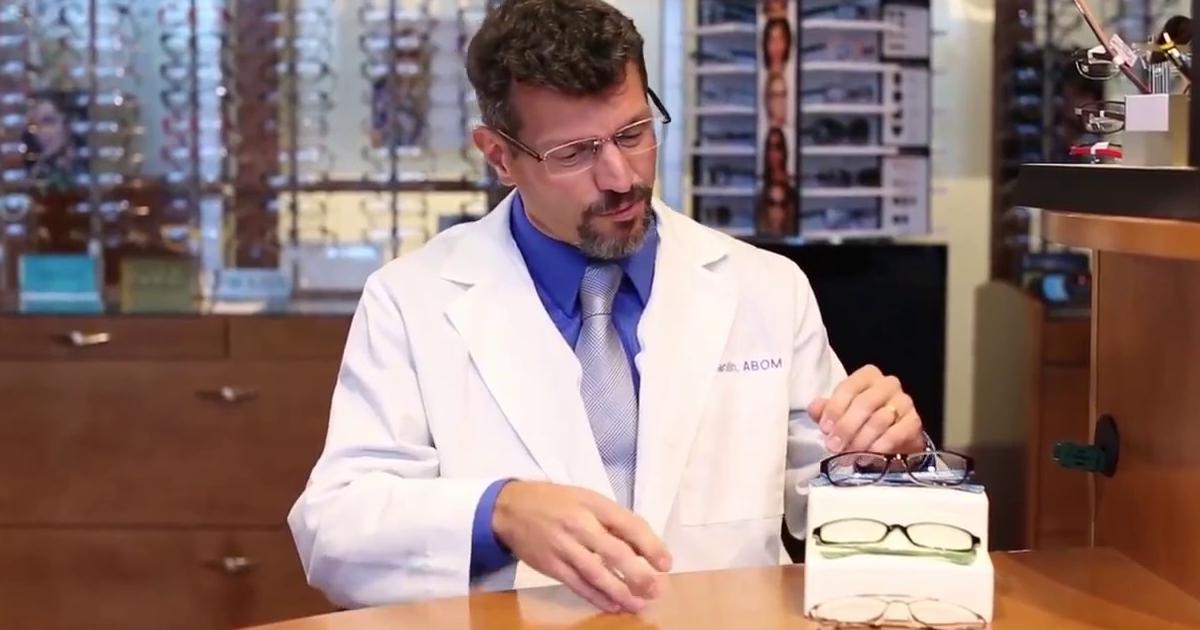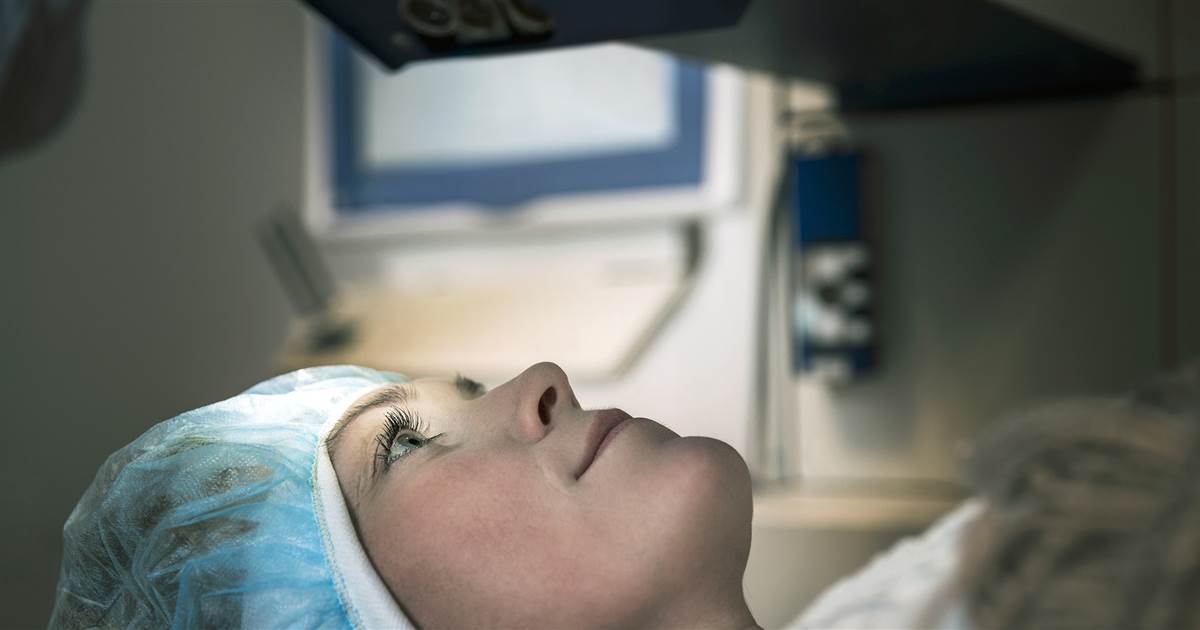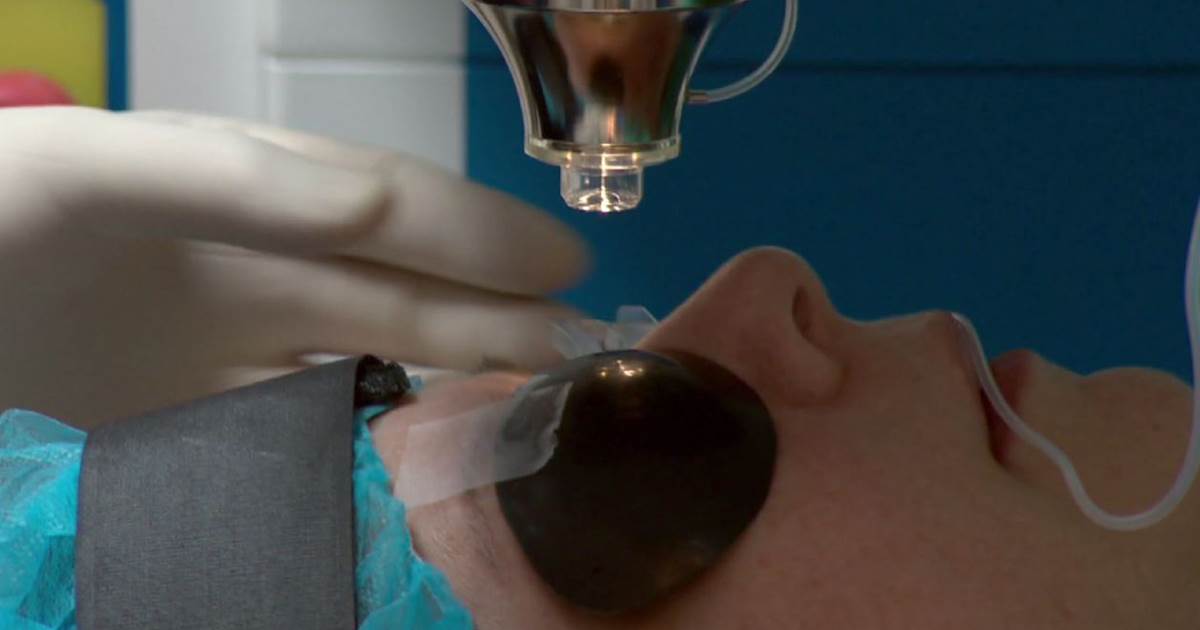Options For Managing Presbyopia
Presbyopia refers to the loss of the ability to focus on nearby objects. This eye issue will occur gradually, which is why it can be difficult to detect without obtaining an eye exam. The condition oftentimes occurs naturally as a result of aging. Patients may begin to notice issues with focusing on nearby objects in their late forties. Presbyopia will likely continue to worsen until individuals reach sixty-five years old. An easy way for individuals to determine if they suffer from presbyopia is by reading a magazine or book. If they need to move the book further away from their eyes to properly read it, there's a good chance they have presbyopia. A standard eye exam will be able to tell individuals whether or not they've developed presbyopia.
Along with surgery, a wide range of solutions can help patients manage presbyopia.
Wear Prescription Reading Glasses

Among the easiest ways to manage presbyopia is to wear prescription reading glasses. These glasses can be particularly beneficial for individuals who don't suffer from any other vision problems. Keep in mind these glasses are only designed to be worn while reading, which means individuals need to take them off whenever they're not reading. As with most other types of prescription glasses, reading glasses are available in many styles, including half-eyes and full frames. Full frame glasses consist of a lens wholly designed to match the prescription it's paired with. On the other hand, half-eyes are designed to sit lower on the nose, which allows individuals to look down through the lens when reading and look up and over the lens when they want to see into the distance. A wide range of colors is also available. When trying to choose the right pair, keep in mind prescription reading glasses can be outfitted with many of the same features as regular prescription eyeglasses, including photochromic lenses and an anti-reflective coating.
Uncover more options for managing presbyopia now.
Wear Bifocals Or Trifocals

Patients can also wear bifocals or trifocals as a means of combating the issues caused by presbyopia. Both of these options provide patients with strong prescription lenses that should be able to get rid of any of the focusing problems caused by this condition. Bifocal lenses are ones with a visible horizontal line in the middle of the lens that is meant to separate the prescription into two components. The area of the lens above the line includes the distance prescription, which allows the wearer to properly see into the distance. The area below the line is outfitted with the reading prescription that ensures individuals can effectively read books and magazines. Trifocals are glasses separated into three sections for much more precise options. The lowest section is meant for close reading and other work tasks. The middle section is designed to accommodate middle distance activities such as browsing the internet on a computer, while the upper section is meant for distance vision.
Get the details on more ways to treat presbyopia now.
Wear Progressive Multifocals

Another effective method of treating presbyopia is by wearing progressive multifocal lenses. These prescription glasses are unique in that they don't come with a visible horizontal line across the lens but still include several different powers for close-up, middle, and distance corrections. Different sections of the lens come with their own focusing strengths, which will help alleviate the symptoms of presbyopia. This option is considered by many to be among the best for managing presbyopia since it allows patients to see clearly at every distance without requiring the placement of a visible line or two across the lens or changing glasses. These glasses can also be much more powerful than bifocals and trifocals, which patients might want to keep in mind when choosing their next pair of glasses.
Continue reading to reveal more options for effectively treating presbyopia now.
Laser-Assisted In Situ Keratomileusis

Among the most effective surgical procedures for the management of presbyopia is a refractive surgery known as laser-assisted in situ keratomileusis (LASIK). Refractive surgeries are designed first and foremost to change the general shape of the cornea, which should help improve close-up vision and lessen the issues caused by presbyopia. This procedure is not reversible, which is why patients should consider all of their options before obtaining it. LASIK surgery begins with the creation of a thin flap positioned deep into the cornea. A laser is then used in the target area to remove some of the inner layers of the cornea as a means of steepening the domed shape of the cornea. This surgical procedure is considered the least invasive form of refractive surgery used for the treatment of presbyopia, which also means the recovery time is much shorter than many might expect.
Discover the next presbyopia treatment option now.
Lens Implants

Patients might also consider obtaining lens implants to help with presbyopia. These implants are designed to be placed in the eye after cataract surgery to have the natural lens of the eye removed. The natural lens of the eye will be replaced with a synthetic one that should allow patients to better focus on nearby objects. There are several different types of lens implants individuals can obtain when trying to treat presbyopia. Optometrists should be able to inform patients about which implant types are best for their eyes. Some of these implants will enhance the ability to see objects that are nearby and in the distance. Others will change the shape or position of the eye. Side effects to be aware of include vision blurring and glare. Standard surgical risks such as bleeding, inflammation, and infection are also possible.